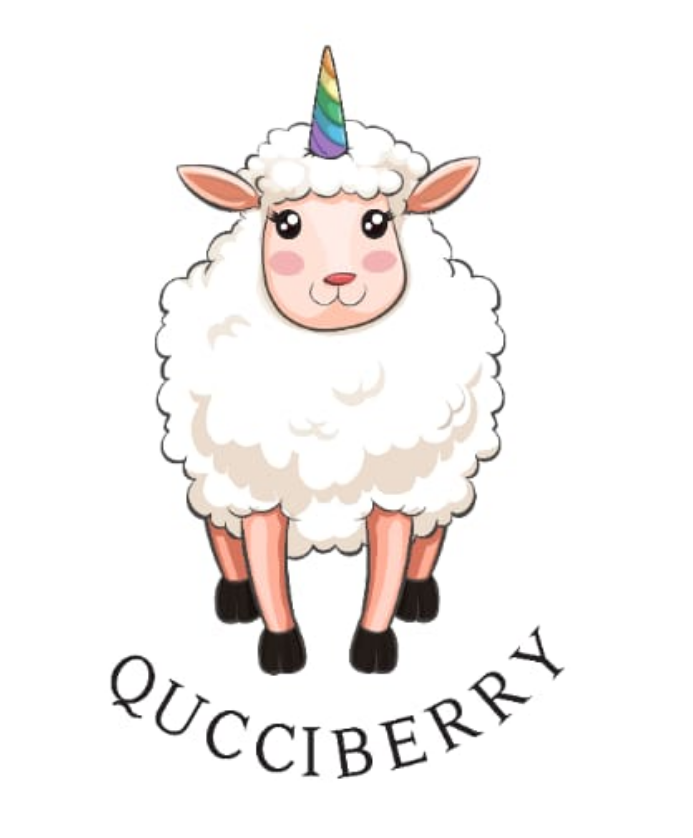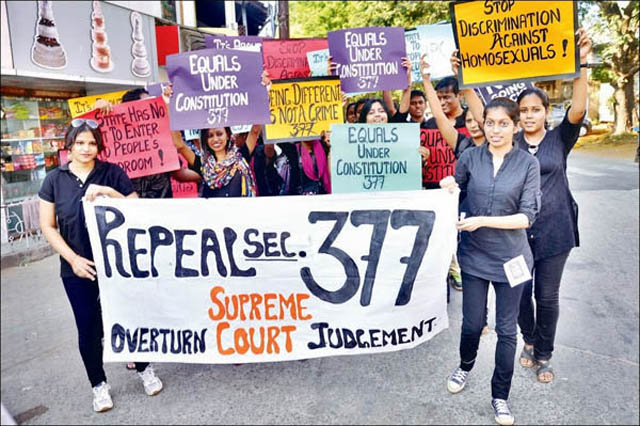The decision followed a protracted struggle by activists and members of the community against the repressive law, introduced in 1861 when India was under British rule. It threatened imprisonment, even a lifetime sentence, and a fine for those who engaged in what it labelled as “unnatural offences” or intercourse “against the order of nature.”
Here’s a chronology of the battle against section 377 in India, which spans 2 decades:
November-December 1991: A document detailing the experiences of gay people in India is released by the AIDS Bhedbhav Virodhi Andolan (ABVA), an organisation fighting discrimination against those affected by HIV or AIDS. The 70-page report reveals the shocking extent of blackmail, extortion, and violence that gay people faced, especially at the hands of the police.
The report calls for the repeal of legislation that discriminates against members of the LGBTQ community, including section 377. But when released at the Press Club of India, journalists are reportedly so embarrassed they don’t raise a single question.
May 1994: Controversy erupts after Kiran Bedi, inspector general of the Tihar jail in Delhi, refuses to provide condoms for inmates, saying it would encourage homosexuality, besides admitting that inmates indulge in it. In response, ABVA files a writ petition in the Delhi high court, demanding that free condoms be provided, and that section 377 be recognised as unconstitutional. Despite long-running efforts to mobilise support, the petition is eventually dismissed in 2001.
December 2001: The Naz Foundation, a Delhi-based NGO established in 1994, with the primary aim of serving various communities by responding to the issue of HIV/AIDS, raising awareness about prevention, providing care and support to children and people with HIV, and removing stigma and discrimination against them. The Foundation files a public interest litigation (PIL) in the Delhi high court, challenging the constitutionality of section 377 and calling for the legalisation of homosexuality.
September 2004: The Delhi high court dismisses the case, saying there is no cause of action and that purely academic issues cannot not be examined by the court. A review petition filed by the Naz Foundation is also dismissed a few months later.
February 2006: After the Naz Foundation files a special leave petition for the case, the supreme court reinstates it in the Delhi high court, citing the fact that it is an issue of public interest. In the coming months, Voices Against 377, a coalition of NGOs, joins the petition, while India’s ministry of home affairs files an affidavit against the decriminalisation of homosexuality.
July 2009: In a landmark judgment, a Delhi high court bench consisting of chief justice Ajit Prakash Shah and justice S Muralidhar decides to strike down section 377, saying it violates the fundamental rights to life, liberty, and equality as enshrined in the Indian constitution. But critics, including Suresh Kumar Koushal, a Delhi-based astrologer, challenge the Delhi high court’s decision in the supreme court.
December 2013: The LGBTQ community suffers a significant blow when the supreme court overturns the Delhi high court’s judgment, saying section 377 “does not suffer from the vice of unconstitutionality and the declaration made by the division bench of the high court is legally unsustainable.”
June 2016: Navtej Singh Johar, an award-winning Bharatanatyam dancer, files a writ petition in the supreme court challenging section 377, along with four other high-profile Indians, including chef Ritu Dalmia and hotelier Aman Nath.
August 2017: A nine-judge supreme court bench hearing petitions against India’s biometric programme Aadhaar unanimously rules that privacy is a fundamental right. In its judgment, the court also says, “Sexual orientation is an essential attribute of privacy. Discrimination against an individual on the basis of sexual orientation is deeply offensive to the dignity and self-worth of the individual,” raising the hopes of those campaigning against section 377.
April 2018: Top hotelier Keshav Suri, the son of late Lalit Suri, the founding chairman and owner of Bharat Hotels, which runs the Lalit Suri Hospitality Group, who identifies as gay, joins the fight, files a petition with the supreme court. Suri reportedly identifies himself as a part of India’s LGBTQ community. He wants India to allow an individual the right to choose his or her partner.
His counsel told the supreme court on April 23 that the “petitioner himself has suffered mentally and been stigmatised on account of his sexual orientation at personal and professional fronts…”
July 2018: A five-judge bench of the supreme court, including chief justice Dipak Misra, begins hearing the petitions filed by Johar and others against section 377. While supporters of the law claim the spread of sexually transmitted diseases and the disintegration of India’s social fabric as reasons to retain it, many of the justices make encouraging comments. “It is not an aberration but a variation,” justice Indu Malhotra says.
A central government affidavit leaves the decision on the section’s constitutionality to the court’s wisdom. The supreme court decides to reserve its verdict.
September 2018: In a unanimous verdict, the supreme court decides to scrap section 377, which chief justice Misra describes as ”irrational, indefensible and manifestly arbitrary,” marking a triumphant end to a lengthy struggle for justice.
Justice D.Y. Chandrachud said homosexuality is documented in 1,500 species and is not unique to humans.
The judge, with this single observation, dispelled the prejudice that homosexuality is against the order of nature. Justice Chandrachud quoted from an article he read which said that homosexual behaviour existed in all species except those that “never have sex at all, such as sea urchins and aphis.” Chief Justice of India Dipak Misra also wrote, “What nature gives is natural. That is called nature within.”
The Chief Justice quoted German thinker Johann Wolfgang von Goethe, who said, “I am what I am, so take me as I am.”
Justice Chandrachud compared same-sex love to those of couples who married outside their caste, religion and faith, at enormous personal risk. The judge located the struggle of citizens belonging to sexual minorities in the larger history of the struggles against various forms of social subordination.
Thus, he observed, the limits imposed by structures such as gender, caste, class, religion and community made the “right to love” not just a separate battle for LGBTQ individuals, but a battle for all.
“What Section 377 speaks of is not just about non-procreative sex but is about forms of intimacy which the social order finds ‘disturbing’. This includes various forms of transgression such as inter-caste and inter-community relationships which are sought to be curbed by society. What links LGBT individuals to couples who love across caste and community lines is the fact that both are exercising their right to love at enormous personal risk and in the process disrupting existing lines of social authority,” Justice Chandrachud wrote.
The long road ahead
The fight for equal rights, including same-sex marriage and serving in the military, had not been won.
- There is no official data on the LGBT+ population in India, the world’s largest democracy, but the government estimates there are 2.5 million gay people.
- LGBT+ rights activists say the true figure could be far higher and want authorities to spread awareness about gay rights to prevent the verdict from fading into irrelevance.
- Others are calling for anti-discriminatory laws to help LGBT people gain access to jobs, healthcare, education and housing.
- An online petition calling for gender-neutral legislation, including a rape law that would also protect men, transgender and intersex people has gained more than 9,000 signatures.
- India has been pushing for more rights for transgender people but the government has remained largely silent on gay rights.






Leave a Reply